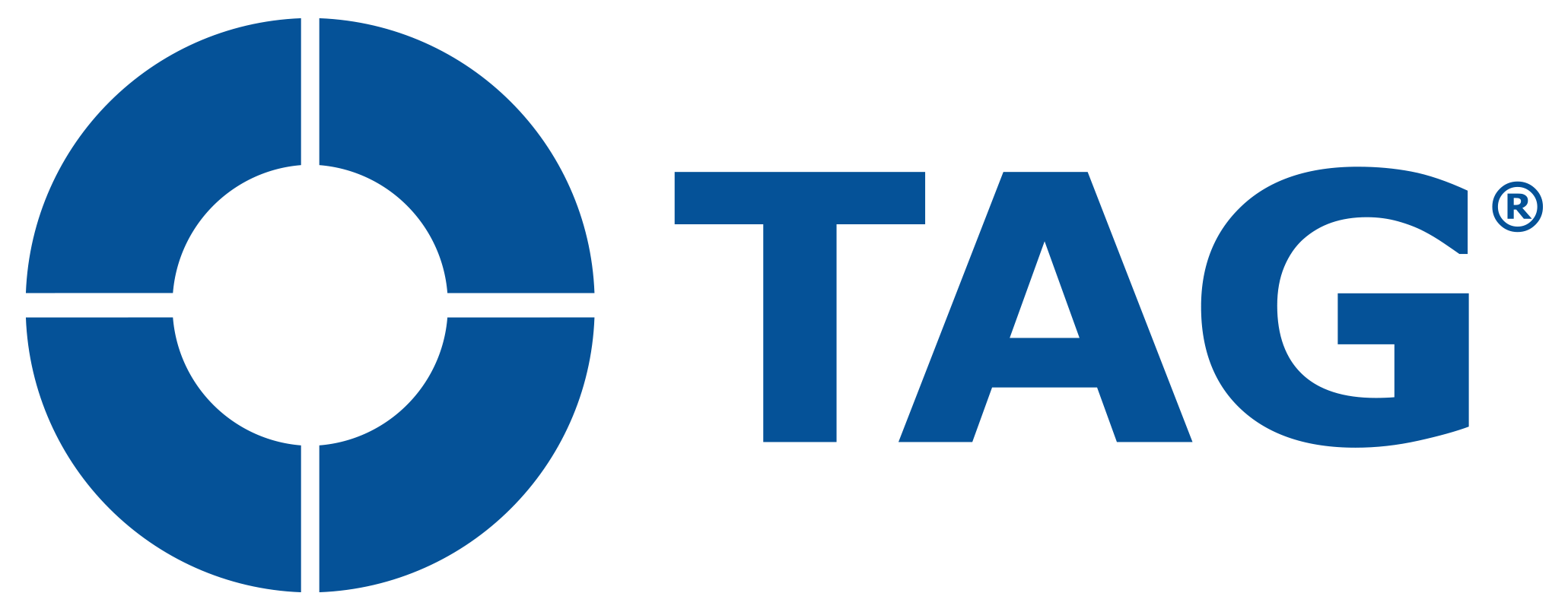News Analysis: Mass Murder In the Selfie Era
By Park Dietz, MD, PhD
Yesterday’s shooting during a live news broadcast in Roanoke, Virginia, can be used to educate your organization about the need for training on workplace violence prevention.
There was nothing subtle about the warning signs that Vester Flanagan (a/k/a Bryce Williams) displayed to his coworkers and managers, who are quoted in news reports as saying:
· “Vester was an unhappy man”
· “difficult to work with”
· “looking for people could take offense”
· “many incidents of his anger coming to the fore”
· “we had to call the police to escort him from the building”
On the day he was removed from the building, he handed his manager a small wooden cross, saying, “You’ll need this.” One of the murder victims, Adam Ward, filmed Flanagan’s angry outburst as the police tried to remove him from the building.
After being terminated in February 2013, Flanagan filed an EEOC complaint, alleging racist comments. His complaint was uncorroborated and dismissed for lack of evidence.
In May 2014, he filed suit against the station alleging discrimination and naming most of the WDBJ staff. A judge dismissed his complaint. This was not the first time: In 2000, he alleged racism in a lawsuit against a previous employer.
According to his manifesto, which he named “Suicide Note for Friends and Family,” he put a deposit on a pistol on 6/19/15, two days after the church mass murder in Charleston, SC, writing, “What sent me over the top was the church shooting.” In the manifesto, he expressed admiration for the Virginia Tech mass murderer Seung Hui Cho and for Columbine killers Eric Harris and Dylann Klebold. He claimed to have suffered racial discrimination, sexual harassment, and bullying at work. He acknowledged he was angry.
He also wrote that Jehovah spoke to him and told him to act.
Shortly before the shooting, Flanagan tweeted that one of the victims had reported him to HR and that another had made racist comments. He sent his manifesto to news media and posted video of the shooting on his Facebook account.
In case you missed it, here’s something we’ve been teaching since 1993:
DIETZ WARNING SIGNS OF WORKPLACE MASS MURDER
• Threats and intimidating comments
• Allusions to violence against others in the organization
• Excessive or intimidating references to mass murder, shooting sprees, or workplace
violence, real or fictional
• Excessive interest in the police, the military, or survivalism
• Intimidating or frightening others with weapon comments
• Inappropriate communications to co-workers or superiors
• Documenting, researching, surveilling, or stalking potential victims
• Anger
• Depression or suicidal thoughts
• Paranoia, feeling persecuted or conspired against
• Repeatedly accusing other people of causing one’s problems
• Litigiousness or unreasonable grievances
NOTE: These are non-specific warning signs that are not necessarily predictive of violence. Any of these signs is sufficient grounds to request expert consultation to assess the risk and devise a safe management plan.
Armed Attackers display many warning signs before their attacks, and if they work for you, your own employees and managers have seen the warnings. It is up to you to (a) train your managers and employees what to notice and report and (b) get appropriate training for everyone who investigates and manages these cases so they can investigate and manage misconduct without worsening risk.
© Threat Assessment Group, Inc. 1993. All rights reserved. Reprinted by permission.
